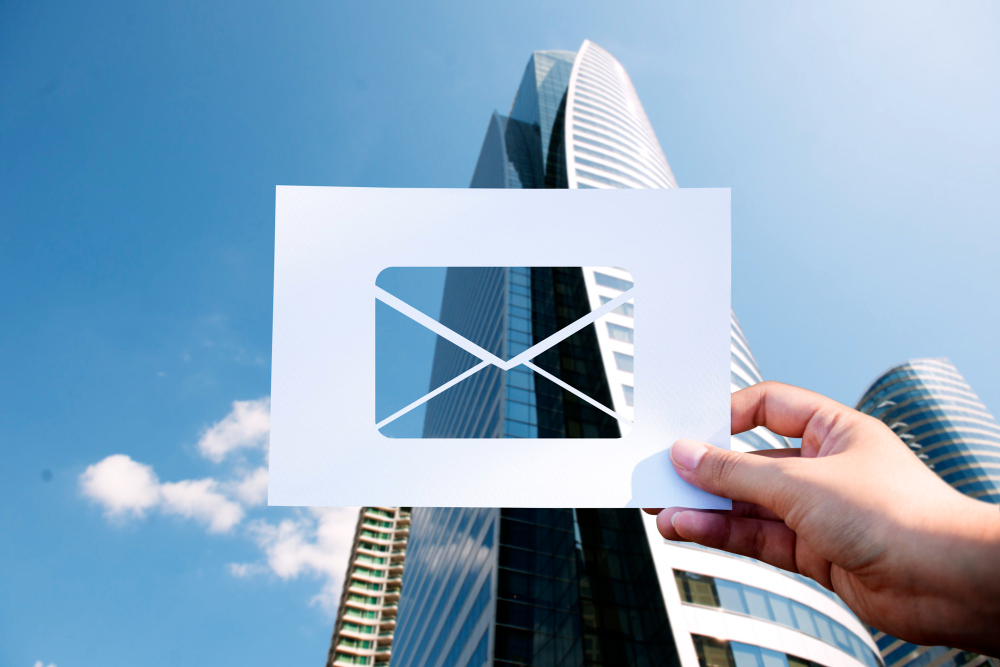Personal Touch: Direct Mail Fundraising That Connects
In an era where digital communication dominates, the art of direct mail fundraising remains a powerful and effective tool for nonprofit organizations. The tactile nature of direct mail, combined with personalized messaging, creates a unique opportunity to connect with donors on a deeper level.
Let’s explore the benefits of direct mail fundraising, provide strategies for crafting compelling appeals, and highlight the importance of personalization in creating meaningful donor connections.
The Power of Tangibility
Direct mail stands out in a digital world by offering a physical, tangible experience. Unlike emails that can be easily overlooked or deleted, a well-crafted piece of direct mail demands attention. The act of receiving, opening, and handling a physical letter or package engages multiple senses, making the message more memorable.
This tangibility can significantly enhance the donor’s experience, leaving a lasting impression that digital communications often fail to achieve.
High Response Rates
One of the most compelling reasons to use direct mail for fundraising is its consistently high response rates. According to the Data & Marketing Association (DMA), direct mail has a higher response rate compared to many digital channels.
This effectiveness can be attributed to the personal and direct nature of the medium. When donors receive a thoughtfully prepared piece of mail, they are more likely to engage with the content, consider the appeal, and take action.
Building Personal Connections
The essence of successful fundraising lies in building personal connections with donors. Direct mail excels in this area by allowing for highly personalized communication. Here are key strategies for creating direct mail that connects:
1. Personalized Salutations
Addressing recipients by their name adds a personal touch that immediately captures attention. Use data from your donor database to ensure accuracy and relevance.
Example: “Dear Jane, thank you for your continued support.”
2. Tailored Content
Segment your mailing list to tailor the content to specific donor groups. Personalize the message based on past giving history, interests, or demographic information. This shows donors that you understand and appreciate their unique contributions.
Example: “As a supporter of our education programs, you know how critical it is to provide resources for underprivileged children.”
3. Storytelling
Engage donors with compelling stories that highlight the impact of their contributions. Use real-life examples, testimonials, and vivid descriptions to make the cause come alive.
Example: “Meet Sarah, a bright young student whose life was transformed by your generosity.”
4. Handwritten Notes
Adding a handwritten note or signature can enhance the personal feel of the direct mail piece. It demonstrates extra effort and care, making the recipient feel valued.
Example: “Thank you for your support! – John, Fundraising Manager”
Design and Presentation
The design and presentation of your direct mail piece play a crucial role in its effectiveness. Here are some tips to ensure your mail stands out:
1. Eye-Catching Design
Use high-quality materials and eye-catching designs to grab attention. Incorporate your organization’s branding and colors to create a cohesive and professional look.
2. Clear Call to Action
Make sure your call to action (CTA) is clear and prominent. Whether it’s making a donation, visiting a website, or attending an event, guide the recipient on the next steps.
Example: “Donate today to help us reach our goal!”
3. Incentives
Consider including small incentives such as bookmarks, stickers, or personalized thank-you cards. These extras can increase engagement and make your direct mail more memorable.
Measuring Success
To maximize the effectiveness of your direct mail campaigns, it’s important to track and measure their success. Use unique codes, personalized URLs (PURLs), or specific phone numbers to monitor responses. Analyzing the data will help you understand what works and what doesn’t, allowing you to refine your approach for future campaigns.
Integrating Direct Mail with Digital Channels
While direct mail is powerful on its own, integrating it with digital channels can amplify your fundraising efforts. Use a multi-channel approach to create a cohesive donor journey:
1. Follow-Up Emails
Send follow-up emails to recipients of your direct mail to reinforce the message and provide additional information. This helps to keep the appeal top-of-mind.
2. Social Media Integration
Promote your direct mail campaign on social media to increase reach and engagement. Share stories, images, and updates related to the campaign to create buzz and drive action.
3. Landing Pages
Create dedicated landing pages for your direct mail campaign. This allows you to track responses more effectively and provide a seamless donor experience.
Conclusion
In a world where digital communications often feel impersonal and transient, direct mail fundraising offers a refreshing and impactful alternative. By leveraging the power of tangibility, personalization, and thoughtful design, nonprofit organizations can create meaningful connections with donors.
Direct mail not only enhances donor engagement but also drives higher response rates and fosters long-term relationships. Embrace the personal touch of direct mail fundraising and watch your donor base grow and thrive.






